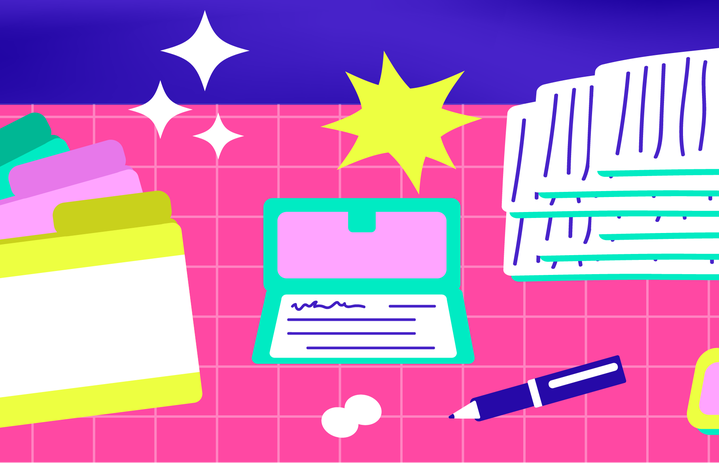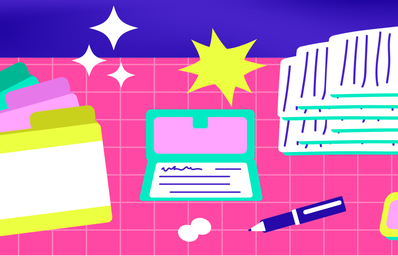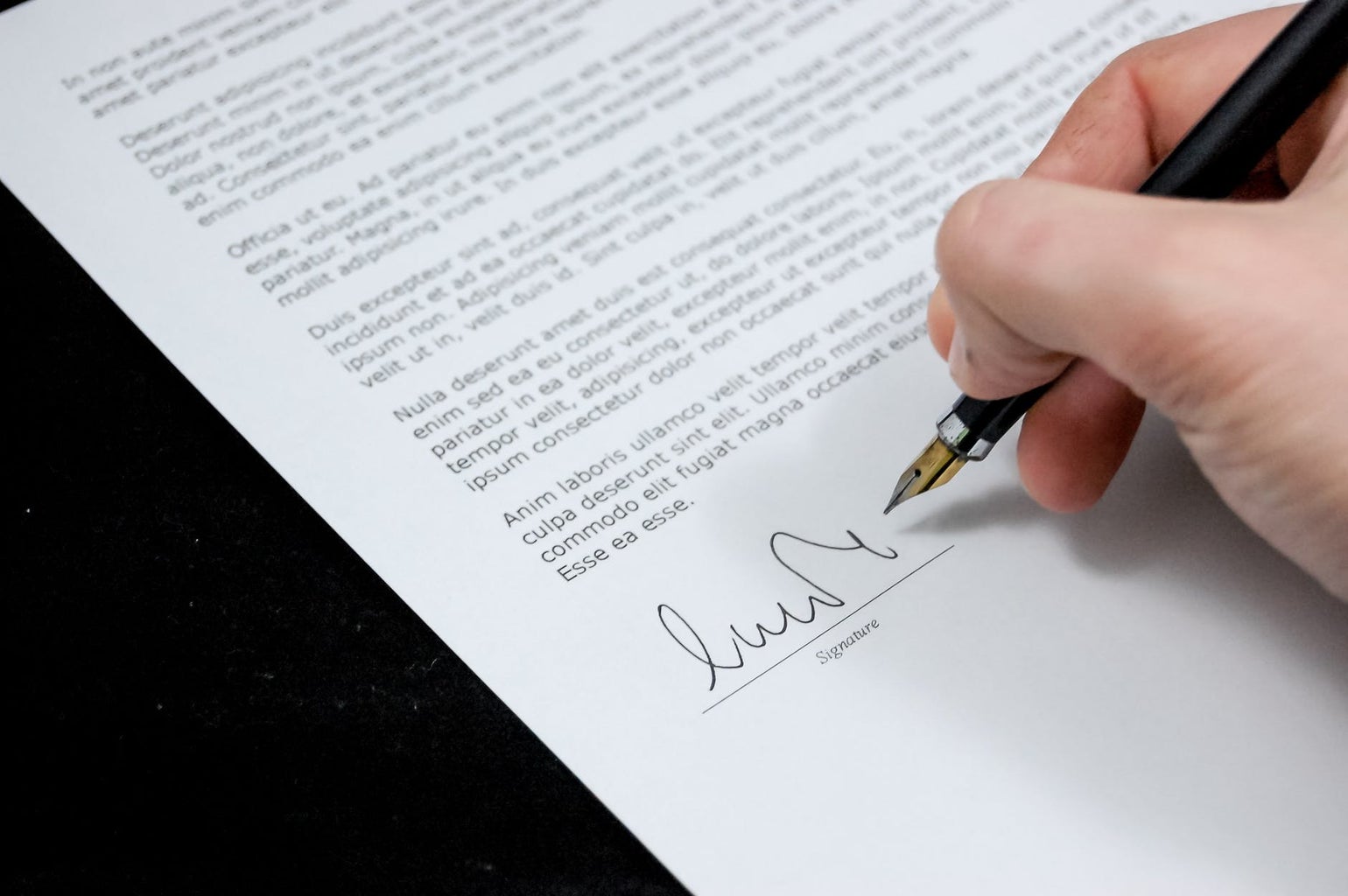Email is one of the forms of written communication that is most commonly used. Sometimes we may forget just how important writing a professional email is.
It is natural to wonder how important it is to be professional in email communication when trying to compose a friendly, clear and concise message. Learning how to professionally write an email that meets all of these criteria can take practice through an in-depth review of the anatomy of an email.
As our world is increasing digitally and our work lives are no different, here are some tips to write an email effectively and professionally.
1. Identify your recipient and the subject

Before you touch the keyboard, carefully select who you are writing to.
Ask yourself: “Will one team member be able to explain the task to me, like a team lead or a project manager?” “Do I need to include multiple professors from the department? If so, who is necessary to include? Who isn’t?”
Once you’ve thoughtfully put together your recipient list, create a standout subject line to get your email noticed, but also summarize the reason for your email. In the age of infinite scrolling, your short phrase provides your audience with expectations and can locate the message again easily.
2. Appropriate greeting
You always want to make a good first impression. As the greeting is the heading of your email, choosing the right salutation is the way to put your best foot forward.
Depending on your relationship with the recipient your email is directed to, determines the appropriate greeting.
“Hello” or “Hi” can be used for a colleague or someone you have a familiar professional relationship with, whereas you would use “Dear Mr.” or “Dear Mrs.” for someone you have or desire to withhold a formal professional relationship with. Especially if you’re writing to someone you have never met.
If you’re worried about not knowing how someone prefers to be addressed, it’s best to stay gender-neutral. “To whom it may concern” works as well as “Hello everyone” if there is a group of recipients.
3. Understanding & explaining your intention
Now that it is time to begin writing, you must think about what exactly you hope to accomplish with your email, and what kind of tone would mirror your motives.
Some intentions may include:
- Asking for help from a manager or professor
- Replying to an earlier inquiry
- Following up on something that was requested from you
- Offering or receiving clarity about an issue
- Thanking for assistance
- Requesting a favor from a co-worker or advisor
The list is endless but regardless of what you want to accomplish, you must ensure the intention of the email is clear from the start.
A quick and concise message, three to five sentences, should follow up within the body of your email. Visual elements like bullet points, bold text and shorter paragraphs can make your message easier to digest. No more than three brief paragraphs are needed as you want to keep it as brief as possible without leaving out key information.
4. Sign off & signature
A properly written email closing sends another message of respect to your recipient. Some examples include “I look forward to hearing back from you,” or “Your feedback on the assignment was helpful.” Thanking the recipient is another key tool, “thank you for your time,” and “I value you taking the time to meet with me yesterday.”
Some safe options to sign off in an email are the usual, “sincerely,” “best,” or “regards,” followed by your full name.
The signature is where you identify yourself and other information relevant to your communications. An appropriate email signature includes additional information about yourself as listed below:
- Full name
- Position/Occupation
- Company/institution name
- Phone number
- Links to relevant social media platforms
Pro tip: Most email programs allow you to set a fixed signature in the settings that automatically add to the end of every email you send.
5. Proofread
You’ve spent a couple of minutes, an hour at the most, to write the most professional email possible. Don’t rush to hit send without looking it over.
There are a couple of things you can double-check such as:
- You’re sending from your appropriate email account
- You’ve spelled the recipient(s) name correctly
- The email addresses are in the correct field
- Typos, grammatical or syntax errors
- The tone is not presented as presumptuous or ill-mannered
- Any files or attachments you may have referenced are attached
Once you’ve finished proofing your email, read it again as if you were the recipient to catch anything you may have missed. It is a sign of professionalism and diligence to send an error-free email.
6. Hit send
Once you have proofread your message twice, then you’re ready to hit that send button.
The time you have taken to begin your journey of building well-written communication skills is always worth it in the long term. Learning how to write a professional email takes practice, but the release you feel once it is sent is gratifying; you have saved time, avoided miscommunication and constructed a space to build better professional relationships.
If you want to spend less time pondering before hitting send, you need to craft a great message. In fact, this crash course will assist you with cultivating this skill you never thought you needed.





